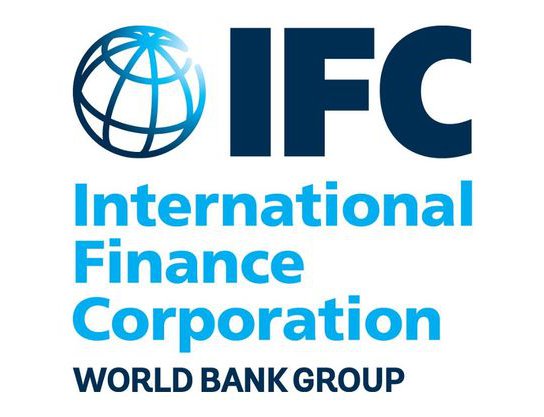Environmental, Health, and Safety (EHS) Guidelines
Organization
Type(s) of Tool
Sector(s)
Open Source
Language Availability
Country of Origin
Date of Development
Version
Description
The Environmental, Health, and Safety (EHS) Guidelines contain the EHS performance levels and measures that The World Bank Group requires its clients and borrowers of to apply to their projects. This implies the identification of EHS project hazards and associated risks across all the Guidelines’ dimensions, involvement of EHS professionals in project preparation, priorization of risk management strategies that eliminate the causes of hazards or, if not feasible, of consequence-minimizing controls, and monitoring and community preparation activities, among other. When host country regulations differ from the EHS Guidelines, projects will be required to achieve whichever is more stringent.
Tool Outcome
The EHS Guidelines set out the performance levels and measures concerning environmental, health and safety hazards the clients and borrowers of The World Bank Group must meet. When host country regulations differ from the EHS Guidelines, projects will be required to achieve whichever is more stringent. These general EHS Guidelines are designed to be used together with the relevant Industry Sector EHS Guidelines. Infrastructure-related industry-specific guidelines are available for airlines, airports, crude oil and petroleum terminals, gas distribution systems, health care facilities, ports, harbors and terminals, railways, retail petroleum networks, shipping, telecommunications, toll roads, tourism and hospitality management, waste management facilities, water and sanitation and power generation and transmission.
Sustainability Criteria
The EHS Guidelines set out the levels and measures to be achieved by World Bank clients and borrowers across the following areas:
1. Environmental
– Air emissions and ambient air quality
– Energy conservation
– Water conservation
– Hazardous materials management
– Waste management
– Noise
– Contaminted land
2. Occupational health and safety
– General facility design & operation
– Communication & training
– Physical hazards
– Chemical hazards
– Biological hazards
– Radiological hazards
– Personal Protective Equipment (PPE)
– Special hazards environments
– Monitoring
3. Community health & safety
– Water quality & availability
– Structural safety of project infrastructure
– Life and fire safety
– Traffic safety
– Transport of hazardous materials
– Disease prevention
– Emergency preparedness & response
4. Construction & decommissioning
– Environment
– Occupational health & safety
– Community health & safety

